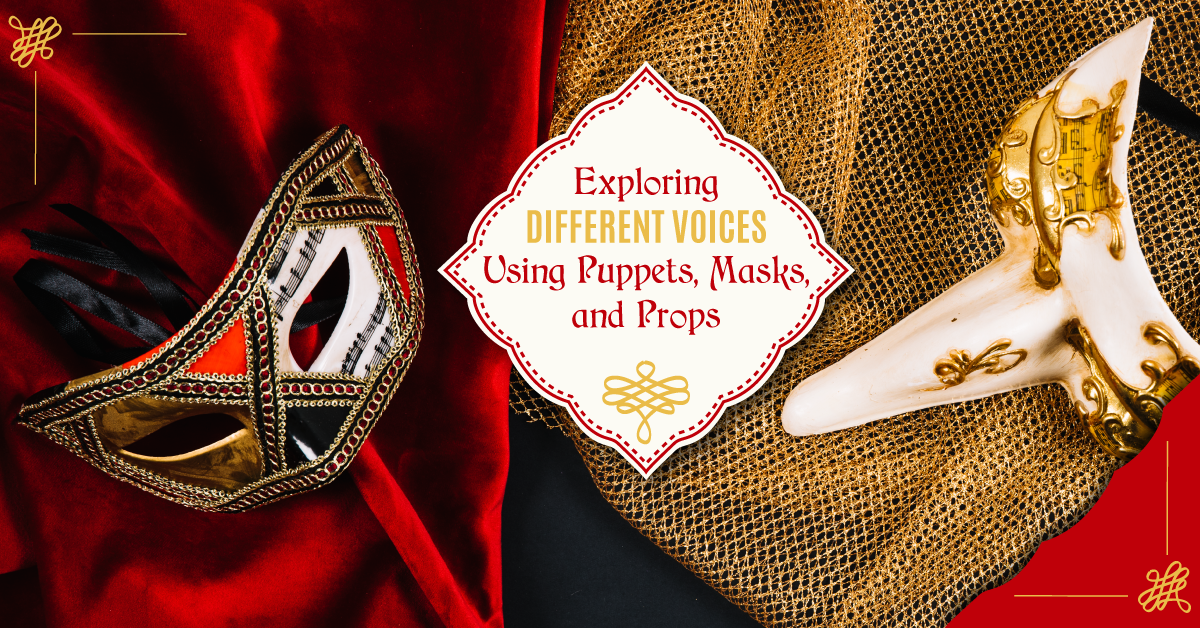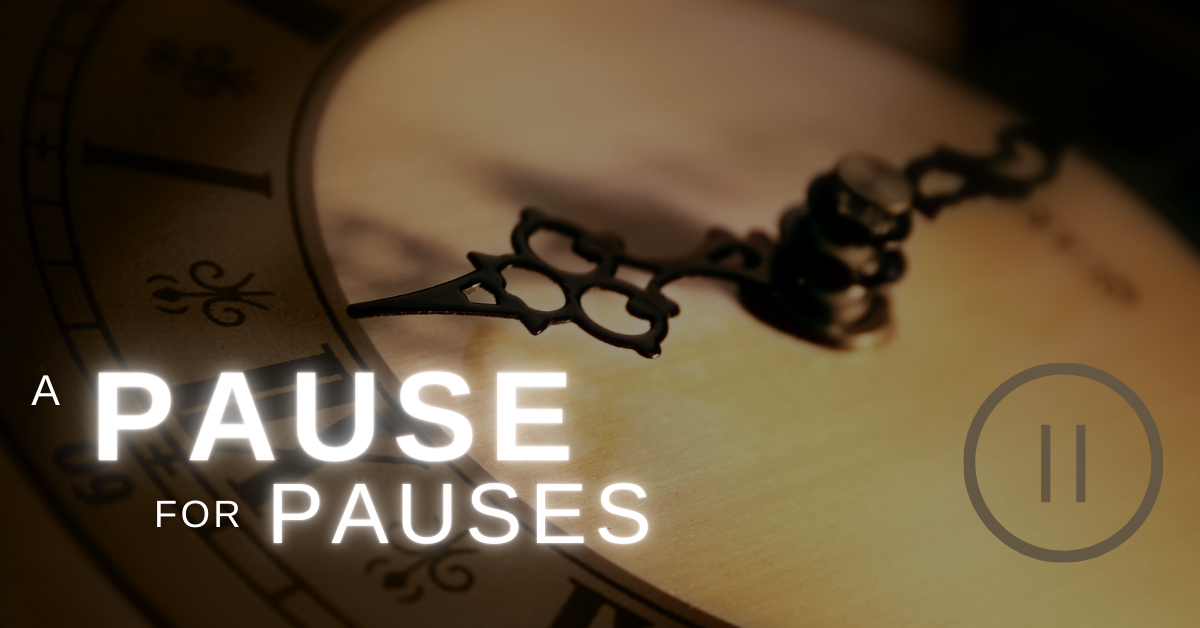Exploring Different Voices Using Puppets, Masks, and Props
Student actors often find it challenging to create a character with a unique-sounding voice – that is, to make their character not sound just like they do themselves. Whether students are trying to hone an accent, create a funny or unusual way of speaking, or use different vocal intonations and inflections, they will often revert back to sounding like themselves. They are afraid of looking or sounding silly in front of their classmates.
If your students are having trouble coming up with character voices, or if you’d like them just to experiment with using lots of different voices, try the following class activities using puppets, masks, or various props to explore. Using these items gives your students an external item to focus on, and gives them visual clues and ideas to help them narrow down their character choices, rather than just having to invent a character voice out of the blue.
During these explorations, you may notice that students start by imitating or mimicking the voices of famous television or film characters. That’s all right to start with, but encourage your students to push beyond stereotypical characters. Remind students that this is an exploration – the characters and exercises are just to “try on,” and students aren’t bound to these characters forever!
All three of these activities can be done as improv-style games, or students can prepare their ideas, rehearse during class time, and then present to the rest of the group.
Puppets
Puppets have a magical quality about them: No matter hold old or young a person is, when they encounter a puppet – even if they can clearly see the puppeteer – they immediately focus on and talk to the puppet. It’s sometimes easier for students to use puppets to explore voice work because puppets can get away with saying things the student might not say. And it’s the puppet that looks silly, rather than the person.
You’ll need to create or obtain a set of puppets for your class. If time permits, spend a class making simple sock puppets or paper bag puppets.
Activity: Have students come up with funny names for their puppets, and let students introduce their puppets to each other. Then have students trade puppets with other classmates and come up with new names and introductions. The unique look of each puppet will help students come up with interesting characters and different voices. And trading the puppets around will give students a chance to try a new voice with each new puppet.
Masks
When doing vocal work with masks, try to find half-masks (covering only the upper half of the face) that allow students’ mouths and jaws to move freely. Commedia dell’arte masks are great to use for exploring characters, because they have interesting shapes and exaggerated features that can give your students different character ideas. Using masks for vocal work is a great challenge for students, because students must focus even more on their vocal tone and diction since they don’t have the advantage of using facial expressions to further express their character’s feelings.
Alternatively, students could use hats instead of masks and come up with different exaggerated characters based on different kinds of hats. An assortment of work-related hats (such as a police uniform hat, construction hard hat, firefighter’s helmet, detective cap, newsie cap, beekeeper’s net, farmer’s straw hat, and so on) can be great tools to base funny characters on, and a lot of fun to experiment with!
Activity: Have students sort themselves into pairs. The pairs will come up with different character names and voices, and then greet each other while wearing masks. Try to use half-masks, but you can still do this activity if you only have full face masks available. Masks that cover the full face do pose an interesting challenge – students will have to really work on speaking loudly, slowly, and clearly to be heard from behind the mask. Challenge your students to try adding gestures to build their characters, and then keep completely still and only focus on the voice. Which approach do your students find more challenging? Why?
Props
For this exercise, collect a variety of different hand props (such as a mug, a purse, a pencil, a shoe, a measuring tape, a towel – pretty much anything goes).
Activity: Have students select an object and come up with a name and personality for that object. Have students personify the item and create a voice for that character to introduce themselves to the rest of the class. For example, perhaps “Tina Towel” is a perky pink towel who spends her days cleaning up messes in a kindergarten classroom. Would Tina have a cute squeaky voice, or a tired, exasperated voice? This is for your students to figure out!
No matter what items you use to help students explore different characters, give them the opportunity to work with a variety of those items during the rehearsal time. Have students exchange items with each other and see what different characters emerge. Most importantly, have fun!



